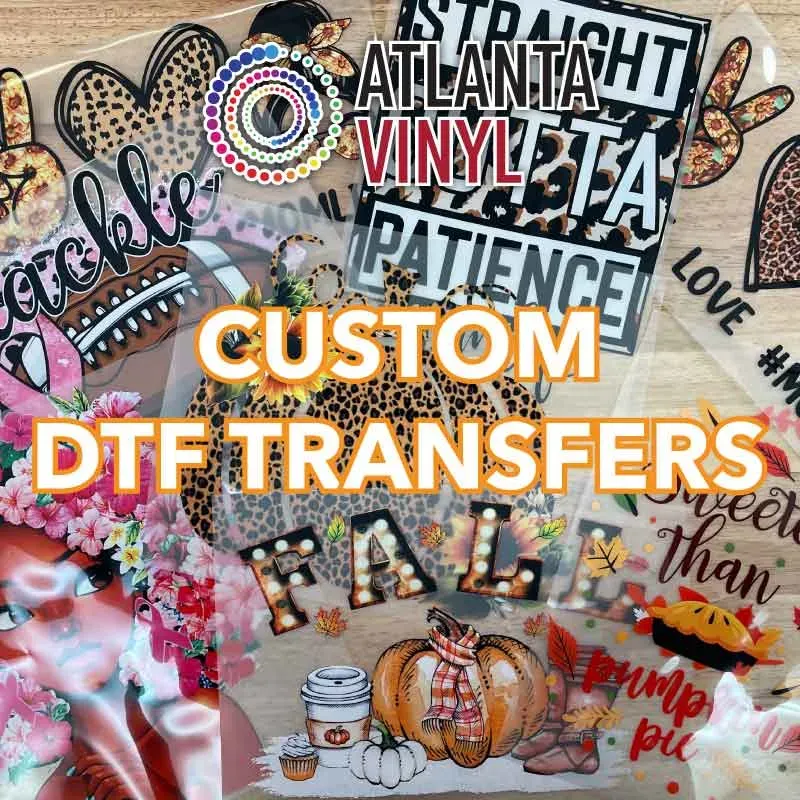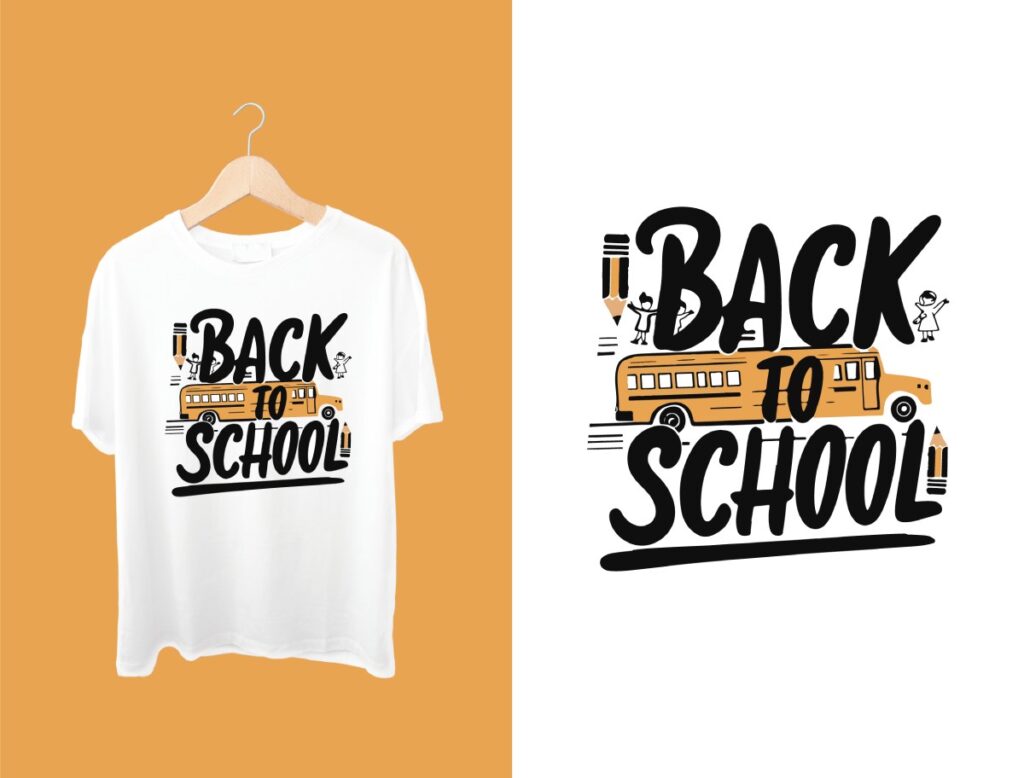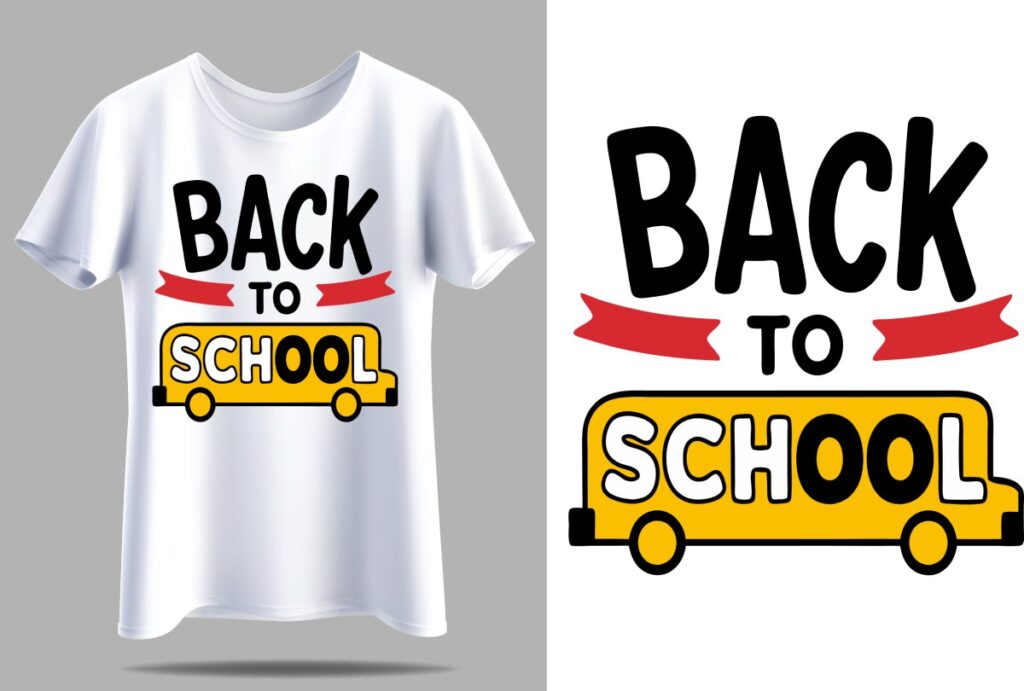When navigating the world of custom apparel printing, **Custom DTF Transfers** emerge as a revolutionary option that stands apart from traditional methods like screen printing. This innovative technique utilizes direct to film technology to create vibrant, detailed designs that can be seamlessly applied to a variety of fabrics. Unlike screen printing, which can be limited to certain fabric types, DTF transfers offer impressive versatility, making them ideal for bespoke projects or small batch orders. Understanding the differences between printing methods is essential, especially when considering factors such as cost-effectiveness and design complexity. Throughout this post, we’ll explore detailed comparisons of **DTF vs Screen Printing**, delving into their pros and cons to help you determine the best printing techniques for your needs.
In the realm of textile customization, terms like Direct to Film printing and digital garment transfer have gained traction alongside traditional screen printing methods. These modern printing processes, especially in the context of creating custom designs, provide innovative alternatives that appeal to a diverse range of consumers. DTF printing, characterized by its ability to produce elaborate and colorful graphics, is increasingly becoming the go-to choice for those seeking quality and efficiency. Meanwhile, screen printing remains a reliable technique, especially for larger quantities, although it does come with some limitations in terms of design complexity and fabric compatibility. This post will help clarify the distinctions between these printing methodologies and guide you in selecting the right option for your custom apparel projects.
Understanding Custom DTF Transfers
Custom DTF Transfers, or Direct to Film transfers, represent a significant advancement in the realm of custom apparel printing. This modern technique allows for the transfer of intricate designs onto textiles through a unique process involving specialized film. Unlike traditional printing methods, DTF transfers enable vibrant colors and complex patterns to be applied to a variety of fabric types, including cotton, polyester, and blends. This versatility makes Custom DTF Transfers an attractive option for designers and businesses aiming to create unique and colorful apparel.
Another noteworthy aspect of Custom DTF Transfers is their efficiency. They require lower initial setup costs compared to other printing methods like screen printing, making them particularly appealing for small batches or one-off projects. This trend reflects a broader shift in the printing industry as businesses seek to minimize costs while maximizing creativity and customization options. With their ability to handle diverse materials, Custom DTF Transfers are poised to become a go-to choice for custom apparel printing.
Advantages of DTF vs Screen Printing
When comparing DTF printing to screen printing, several advantages of DTF can be immediately recognized. For one, DTF printing excels in producing detailed images with a broad color spectrum, making it an excellent choice for intricate designs. Whether a project includes fine lines, gradients, or multicolored graphics, DTF allows for high-quality reproduction on various fabrics. This level of detail is often harder to achieve with screen printing, which is traditionally better suited for simple designs.
Furthermore, DTF printing offers faster production times for smaller order quantities, significantly benefiting small business owners or custom designers. In contrast, screen printing requires a longer setup time and is generally most cost-effective for large orders due to its economy of scale. Thus, when prioritizing design complexity and quantity needs, DTF printing often presents a more appealing option.
The Technology Behind Custom DTF Transfers
The technology behind Custom DTF Transfers has evolved significantly, enhancing the overall quality and efficiency of the printing process. DTF utilizes advanced inks that can adhere to multiple types of fabrics, ensuring that the final product maintains vibrant colors and sharp details. These inks can withstand numerous washes, making them ideal for durable apparel without compromising the integrity of the design.
Moreover, as DTF technology keeps progressing, more businesses are adopting this method to remain competitive in the custom apparel market. With advancements such as faster printing speeds and more reliable transfer processes, the popularity of DTF printing is increasing, especially among small enterprises that are focused on unique garment creations. This ongoing evolution in printing technology underscores the rising demand for high-quality, custom prints.
Evaluating Printing Methods for Apparel
When it comes to evaluating printing methods for apparel, understanding the strengths and weaknesses of each technique is crucial. Custom DTF Transfers are especially beneficial for businesses that produce a variety of designs in smaller quantities. This method not only reduces costs for small orders but also provides the flexibility needed to cater to diverse design requests.
In contrast, screen printing remains a popular choice for larger runs, where the economies of scale significantly reduce the price per unit. It is also effective for designs that require bold, solid colors and can withstand extensive wear. Ultimately, the decision between DTF and screen printing will depend heavily on order size, design complexity, and the specific fabric types selected for the apparel.
Recent Trends in Apparel Printing Solutions
Recent trends in apparel printing solutions indicate a significant shift towards Custom DTF Transfers due to their versatility and adaptability to various fabric types. As more businesses recognize the advantages of this method, such as the ability to produce high-quality prints with a quick turnaround time, the demand for DTF services is on the rise. This trend reflects a broader movement within the industry towards modern solutions that align with consumer expectations for quality and personalization.
Additionally, screen printing, while still widely used, is facing challenges as advancements in DTF technology offer comparable or superior results. As small businesses and independent designers increasingly value customization and quick delivery, DTF printing is emerging as a strong contender. This shift demonstrates how the printing landscape is evolving, prioritizing innovation while keeping pace with customer needs.
Choosing the Best Printing Technique for Your Needs
Choosing the best printing technique for your needs involves careful consideration of a variety of factors, including your budget, order size, and design details. Custom DTF Transfers provide an excellent solution for those looking to experiment with customized designs on a smaller scale without incurring high setup costs. Their flexibility means you can regularly change designs and cater to different customer preferences.
On the other hand, if you plan to produce large quantities of the same design, screen printing might be the more economical choice despite its initial higher setup costs. Understanding the nature of your project will allow you to select the right printing method that balances quality, cost, and delivery time.
Frequently Asked Questions
What are Custom DTF Transfers and how do they work?
Custom DTF Transfers, or Direct to Film transfers, involve printing a design onto a special film that is then transferred onto fabric using heat and pressure. This method allows for vibrant colors and intricate designs on various materials, making it ideal for custom apparel printing.
How do Custom DTF Transfers compare to traditional Screen Printing?
Custom DTF Transfers offer advantages like lower setup costs for small orders and the ability to print on diverse fabrics. In contrast, Screen Printing excels in durability and cost-efficiency for large runs. Ultimately, the choice depends on your specific printing needs and order volume.
Can Custom DTF Transfers be used on different types of fabrics?
Yes, Custom DTF Transfers can be applied to a wide range of fabrics including cotton, polyester, and blends, providing versatility for different custom apparel printing projects.
What are the advantages of using Custom DTF Transfers over other printing methods?
The main advantages of Custom DTF Transfers include their ability to produce high-quality, detailed prints with vibrant colors, lower setup costs for small runs, and compatibility with various fabric types. This makes them a preferred choice for bespoke printing solutions.
Is Custom DTF Transfers suitable for bulk orders like Screen Printing?
While Custom DTF Transfers are excellent for small runs due to lower initial costs, they can also be used for bulk orders. However, Screen Printing may be more cost-effective for significantly large volumes where setup costs can be distributed.
What factors should I consider when choosing between Custom DTF Transfers and Screen Printing?
Consider the order quantity, design complexity, and fabric type when choosing between Custom DTF Transfers and Screen Printing. DTF is ideal for intricate designs and small runs, while Screen Printing is best for simple designs in larger quantities.
| Aspect | Custom DTF Transfers | Screen Printing |
|---|---|---|
| Definition | Direct to Film transfers that use heat and pressure for printing on textiles. | Traditional method using stencils to print designs by pushing ink through them. |
| Advantages | 1. Versatility for various materials 2. High detail and color quality 3. Lower setup costs for small orders | 1. High durability 2. Cost-effective for large orders 3. Vivid colors on dark fabrics |
| Best For | Small runs or custom designs with intricate details and multiple colors. | Large orders with simpler designs, particularly with high durability needs. |
| Recent Trends | Growing popularity among small businesses due to advancements in technology. | Still popular for bulk printing, but facing competition from DTF. |
Summary
Custom DTF Transfers offer a modern and versatile option for apparel printing, catering to the needs of businesses and individuals alike. The choice between DTF and screen printing hinges on various factors, including order volume, design complexity, and the type of fabric being used. Custom DTF Transfers excel in delivering vibrant colors and detailed designs, making them ideal for small runs or unique projects. As this technology evolves, it is poised to redefine the landscape of custom printing, appealing to those who seek quality and adaptability in their apparel. Ultimately, recognizing the specific requirements of your project will guide you towards the right printing method, ensuring the success of your custom apparel endeavors.



